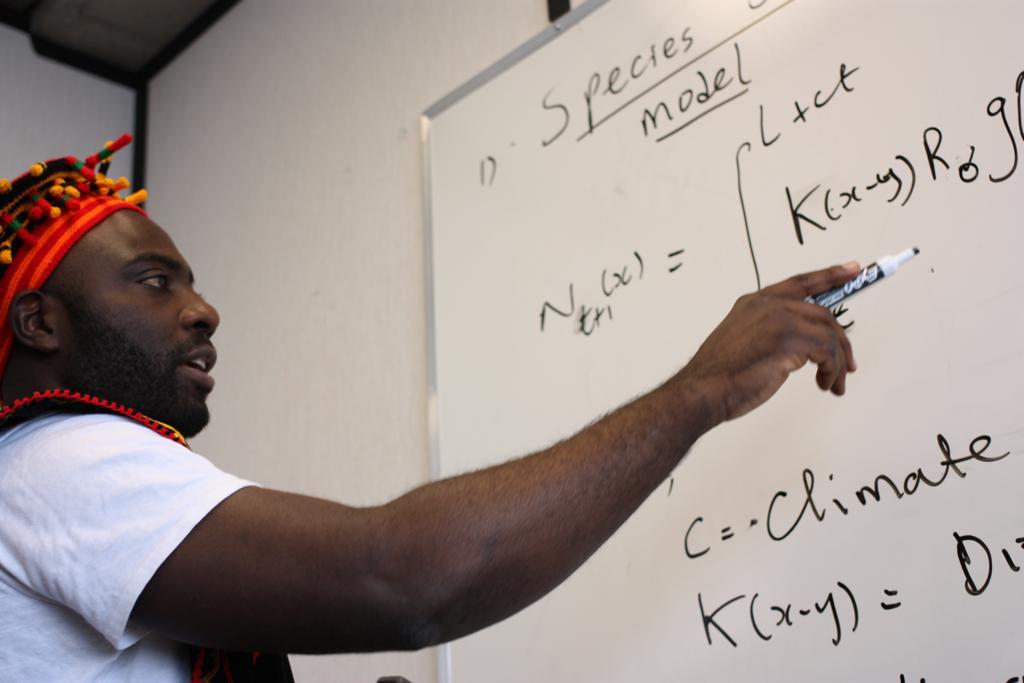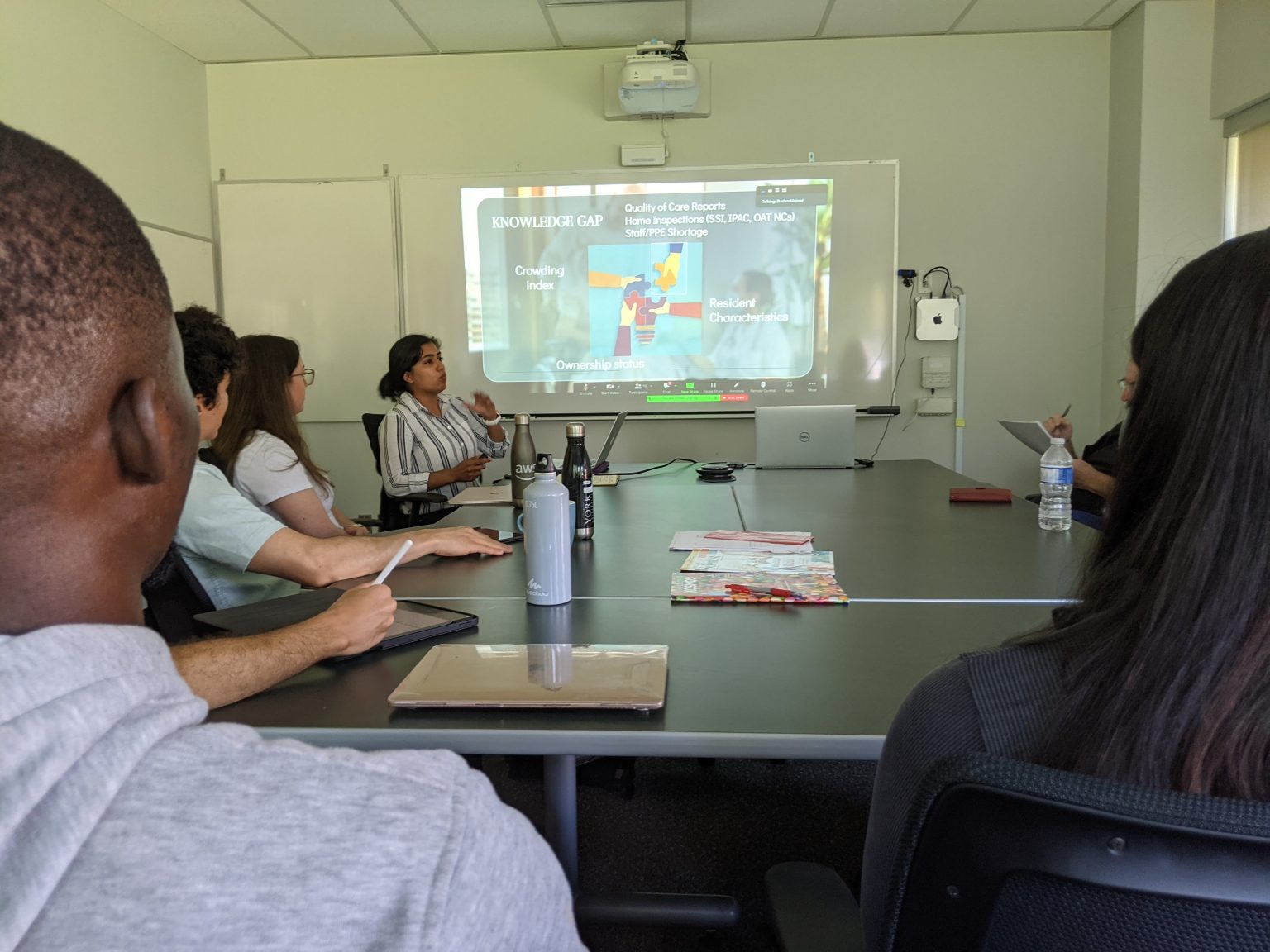“The low reporting numbers was likely due to a lack of public awareness, public health resources, monitoring practices, testing availability and stigma,” says Faculty of Science Professor Jude Kong, senior author of the paper and director of the Global South Artificial Intelligence for Pandemic and Epidemic Preparedness and Response Network (AI4PEP).
To get a better handle on the real number of those infected, the researchers used an epidemiological mathematical model, along with observed data, for 54 countries in Africa to estimate the number of hidden infections. Data on cumulative number of cases and daily confirmed cases were used to build an epidemic profile for Africa of the initial stage of COVID-19.
What may be most surprising is the estimation that some 66 per cent of all infections in Africa were asymptomatic, while about five per cent were severe and about 27 per cent were mild.
“Africa is primarily comprised of a young population so it’s possible there were fewer cases, less severe symptoms or more people with asymptomatic symptoms than in a population that has a higher percentage of seniors,” says Postdoctoral Fellow Qing Han, lead researcher on the paper. “This suggests the possibility of a lower rate of detection of the virus.”








